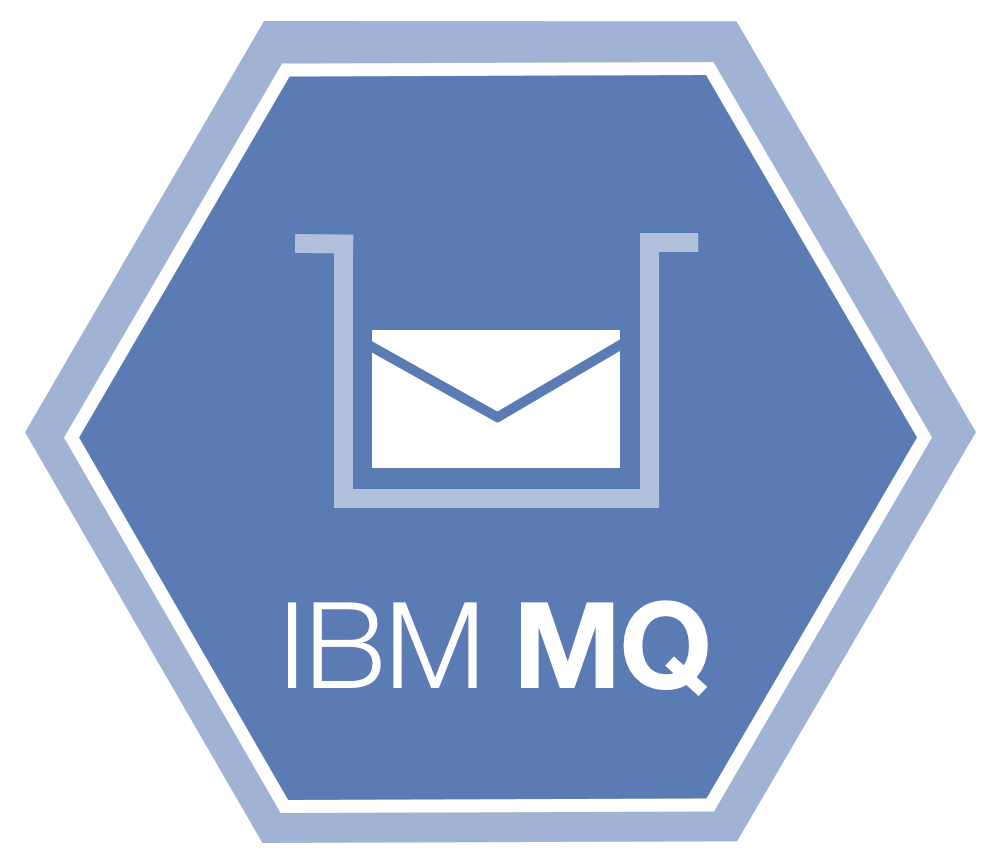List of Queue Managers (Queue Services, Streaming Systems, MQTT)
A distributed streaming platform designed for high-throughput, fault-tolerant, and scalable data streaming. It uses a publish-subscribe model and is widely used for real-time data processing.
An open-source message broker that supports Java Message Service (JMS) and provides features like message persistence, clustering, and diverse communication patterns.
A lightweight messaging library that allows for asynchronous message passing between applications. It provides various messaging patterns and is known for its simplicity and high performance.
A distributed messaging and event streaming platform that enables scalable and durable messaging with multi-tenancy support. It is designed for high-throughput and low-latency use cases.
A lightweight and high-performance messaging system for cloud-native applications. NATS supports publish-subscribe and point-to-point communication patterns and is known for simplicity and speed.
Amazon SQS (Simple Queue Service)
A fully managed message queuing service in the AWS cloud, offering scalable and reliable queuing for decoupling distributed systems and microservices.
A fully managed messaging service on Microsoft Azure that supports both queuing and publish-subscribe patterns. It facilitates communication between applications and services.
A publish-subscribe messaging pattern supported by the Redis in-memory data store. It enables real-time communication between components of a distributed system.
A messaging middleware that facilitates communication between applications in a distributed environment, ensuring reliable and secure message delivery.
An open-source messaging broker derived from HornetQ and Apache ActiveMQ, providing support for JMS and MQTT. It is designed for high-performance and scalability.
A distributed messaging platform designed for reliability, scalability, and fault tolerance. It supports both publish-subscribe and point-to-point messaging patterns, making it suitable for a variety of messaging scenarios. It provides features like message ordering, topic-based routing, and support for distributed deployment, making it a versatile choice for building scalable and resilient messaging systems.
An open-source MQTT broker that facilitates communication between devices in the Internet of Things (IoT) by implementing the MQTT protocol.
A MQTT (Message Queuing Telemetry Transport) based messaging platform designed for scalable and efficient communication in the Internet of Things (IoT) and connected device ecosystems. It provides a robust MQTT broker that facilitates communication between devices and applications in a reliable and scalable manner. HiveMQ is known for its high-performance and low-latency characteristics, making it suitable for real-time and mission-critical IoT applications. It supports features such as quality of service levels, last will and testament, and retained messages, ensuring reliable and flexible communication between devices. HiveMQ is often used in industries such as smart manufacturing, healthcare, and smart cities where seamless and reliable IoT communication is essential.
A real-time distributed messaging platform designed to operate at scale. It supports pub-sub and point-to-point messaging patterns. One notable feature of NSQ is its ability to handle large volumes of messages in a decentralized manner, making it suitable for applications with demanding throughput requirements. It is often employed in scenarios such as log aggregation, real-time analytics, and microservices communication. NSQ's decentralized architecture ensures that the failure of individual components does not jeopardize the overall reliability of the messaging system.
A distributed task queue system for handling asynchronous tasks in distributed systems. It integrates with message brokers like RabbitMQ or Redis.
A message-oriented middleware inspired by Apache RocketMQ. It supports publish-subscribe and point-to-point messaging patterns.
An open-source message broker that supports multiple messaging protocols and patterns, providing a reliable and scalable foundation for distributed systems.
A simple, fast, and lightweight message queue service that follows the FIFO (First In, First Out) model. It is easy to set up and use.
While not primarily a messaging system, Elasticsearch is a distributed search and analytics engine that can be used to index, search, and analyze large volumes of data in real-time. It is commonly used for log and event data analysis.















Comments